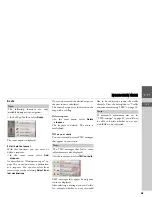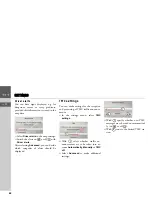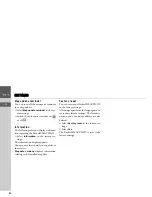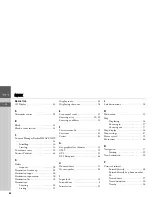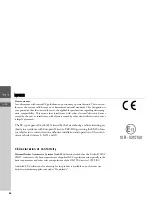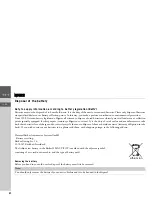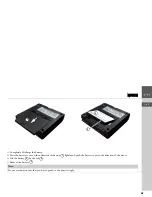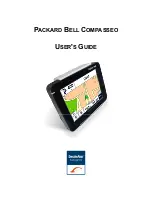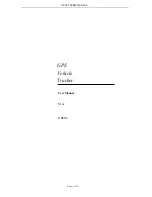
52
GLOSSARY
>>>
> EN
Glossary
GMT
(
G
reenwich
M
ean
T
ime)
Central European time
Standard time at degree of longitude 0
(the degree of longitude through Green-
wich, Great Britain). This time is used all
over the world as the standard time for
synchronising data acquisition.
GPS
(
G
lobal
P
ositioning
S
ystem)
GPS uses satellites to calculate your cur-
rent geographical position. It is based on a
total of 24 satellites orbiting the Earth and
emitting signals. A GPS receiver receives
these signals and uses the signal time dif-
ferences to calculate the distance to an in-
dividual satellite and thus the current geo-
graphical position (longitude and
latitude). Signals from at least three satel-
lites are required for positioning. The cur-
rent height can also be calculated if signals
are received from four or more satellites.
PTT
(
P
ush
T
o
T
alk)
For this unit it means that after a selection
of PTT a address can be spoken. The
address is then processed by the navigati-
on system.
SD card
(
S
ecure
D
igital)
The SD card was developed in 2001 by
SanDisk and is based on the older MMC
standard. An SD card is a rewriteable re-
movable memory card.
TMC
(
T
raffic
M
essage
C
hannel)
Traffic announcements transmitted by
most FM stations via RDS. Basis for dy-
namic navigation.
TMCpro
(
T
raffic
M
essage
C
hannel
Pro
fessional)
A free TMC traffic alert service which is
broadcast in Germany on various private
channels. The messages of this service are
more precise than standard traffic messag-
es. The service is offered since April 2004.
The license fees are already paid with the
price of the TMCpro-enabled navigation
system.
USB
(
U
niversal
S
erial
B
us)
The Universal Serial Bus (USB) is a bus
system for connecting a computer to ex-
ternal USB peripherals for exchanging da-
ta.
There are two different standards with
various transmission speeds. USB 1.1
transfers at a speed of 12 Mbit/s and USB
2.0 transfers at 480 Mbit/s.
For a transfer of large amounts of data de-
vices that use the USB 2.0 standard
should be used.

